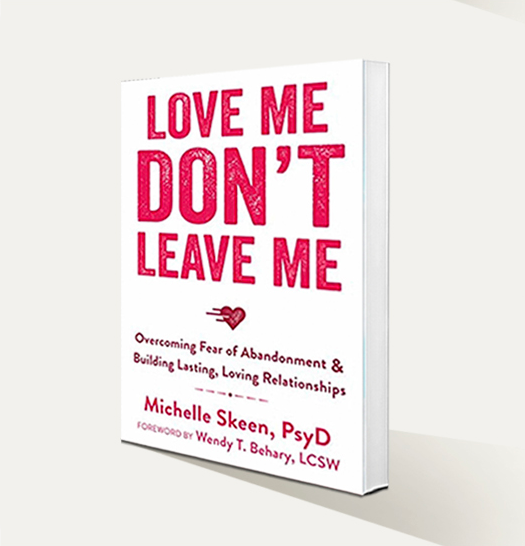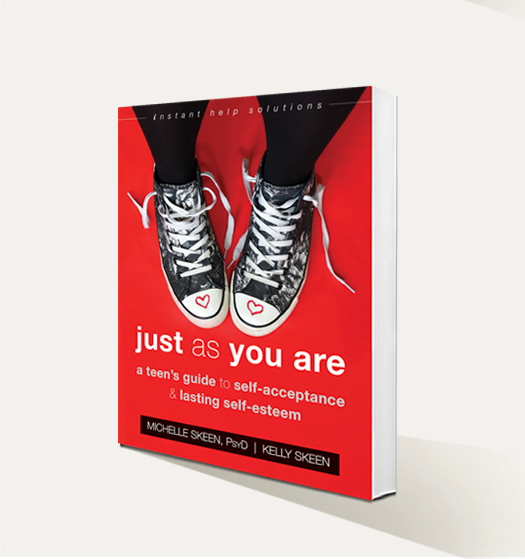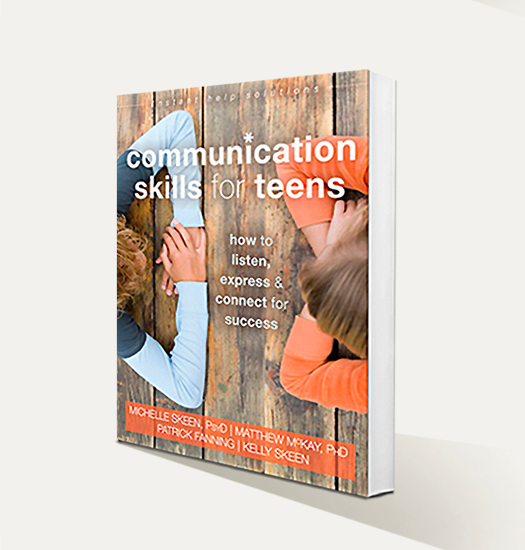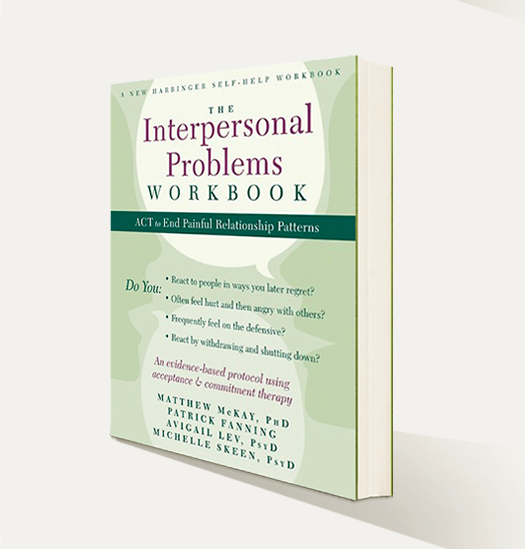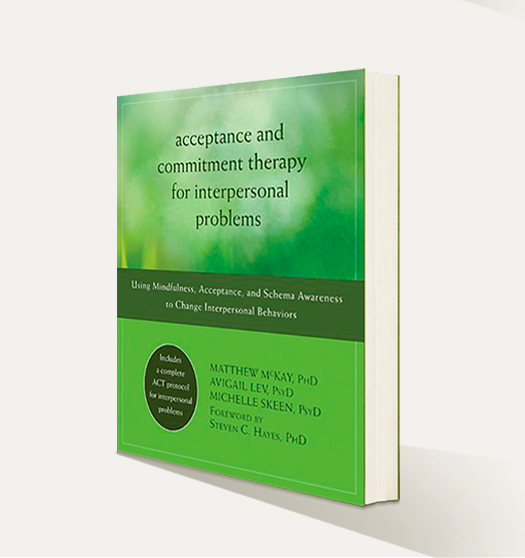My guest on Relationships 2.0 this week is Sheri Van Dijk, author of DBT Made Simple: A Step-by-Step Guide to Dialectical Behavior Therapy.
About the book:
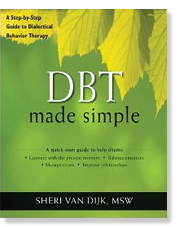 Originally developed for the treatment of borderline personality disorder, dialectical behavior therapy, or DBT, has rapidly become one of the most popular and most effective treatments for all mental health conditions rooted in out-of-control emotions. However, there are limited resources for psychologists seeking to use DBT skills with individual clients. In the tradition of ACT Made Simple, DBT Made Simple provides clinicians with everything they need to know to start using DBT in the therapy room.
Originally developed for the treatment of borderline personality disorder, dialectical behavior therapy, or DBT, has rapidly become one of the most popular and most effective treatments for all mental health conditions rooted in out-of-control emotions. However, there are limited resources for psychologists seeking to use DBT skills with individual clients. In the tradition of ACT Made Simple, DBT Made Simple provides clinicians with everything they need to know to start using DBT in the therapy room.
The first part of this book briefly covers the theory and research behind DBT and explains how DBT differs from traditional cognitive behavioral therapy approaches. The second part focuses on strategies professionals can use in individual client sessions, while the third section teaches the four skills modules that form the backbone of DBT: core mindfulness, distress tolerance, emotion regulation, and interpersonal effectiveness. The book includes handouts, case examples, and example therapist-client dialogue—everything clinicians need to equip their clients with these effective and life-changing skills.
About the author:
Sheri Van Dijk, MSW, is a mental health therapist in private practice and at Southlake Regional Health Centre in Newmarket, ON, Canada. She is the author of The Dialectical Behavior Therapy Skills Workbook for Bipolar Disorder, Don’t Let Your Emotions Run Your Life for Teens, and Calming the Emotional Storm, and is coauthor of The Bipolar Workbook for Teens. In September 2010, she received the R.O. Jones Award from the Canadian Psychiatric Association for her research on using DBT skills to treat bipolar disorder.
This week on my radio show I will be discussing the book that I co-authored with Matthew McKay, PhD and Avigail Lev, PsyD, ACT for Interpersonal Problems: Using Mindfulness, Acceptance, and Schema Awareness to Change Interpersonal Behaviors. I will be discussing the book with Maarten Aalberse PsyD, a clinical psychologist and ACT therapist in Lyon, France.
 About the book:
About the book:
Acceptance and Commitment Therapy for Interpersonal Problems presents a complete treatment protocol for therapists working with clients who repeatedly fall into unhealthy patterns in their relationships with friends, family members, coworkers, and romantic partners. These clients may blame others, withdraw when feeling threatened, react defensively in conflicts, or have a deep-seated sense of distrust—all interpersonal problems that damage relationships and cause enormous suffering.
This book presents an acceptance and commitment therapy (ACT) approach—utilizing a schema-based formulation—to help these clients overcome maladaptive interpersonal behavior. First, clients learn how schema avoidance behavior damages their relationships. Second, clients face “creative hopelessness” and practice new mindfulness skills. Third, clients examine what they value in their relationships and what they hope to gain from them, and translate their values into clear intentions for acting differently in the future. And lastly, clients face the cognitive and emotional barriers standing between them and values-based behavior in their relationships. By learning to act on their values instead of falling into schema-influenced patterns, clients can eventually overcome the interpersonal problems that hold them back.
About my co-authors:
Matthew McKay, PhD, is a professor at the Wright Institute in Berkeley, CA. He has authored and coauthored numerous books, including The Relaxation and Stress Reduction Workbook, Self-Esteem, Thoughts and Feelings, When Anger Hurts, and ACT on Life Not on Anger. His books combined have sold more than 2.5 million copies. McKay received his PhD in clinical psychology from the California School of Professional Psychology. In private practice, he specializes in the cognitive behavioral treatment of anxiety and depression.
Avigail Lev, PsyD, is clinical supervisor at the Berkeley Cognitive and Behavioral Therapies Clinic. She specializes in couples therapy and treating mood disorders and interpersonal problems.
Foreword writer Steven C. Hayes, PhD, is University of Nevada Foundation Professor of Psychology at the University of Nevada, Reno. He is author of hundreds of scientific articles and many books, including Acceptance and Commitment Therapy, Relational Frame Theory, and Get Out of Your Mind and Into Your Life.
About Maarten Aalberse:
Clinical psychologist of Dutch origin living in France since 1995
Has co-lead professional trainings in « Unitive Psychotherapie » (Body-oriented approaches, Gestalt, Guided Imagery), in « A Healing Relationship with Shame in borderline and narcissistic processes » and « Graceful Means, felt gestures and bifocal mindfulness ».
Inspirations for his more recent work are derived from NeuroCognitive Behavior Therapy, Grovian Metaphor therapy and especially ACT.
Co author, with Jacques Fradin, of ” “L’Intelligence du Stress”, , 2008,
Co-editor & co-author, , of «Von der Energetischen Psychologie zur Bifokale Achtsamkeit» (“from energy psychology to bifocal mindfulness”), DGVT-Verlag, 2012
What he brings to ACT are client-generated metaphors, interventions based on S. Porges’ “polyvagal theory” and mindful gestures, for enhancing balance and flexibility/ creativity/ purpose.
I am a huge fan of the “to-do” list. So, the headline “Conquering the To-Do List” by Sue Shellenbarger on the front page of the Personal Journal section of the Wall Street Journal (December 28, 2011) really grabbed my attention.
“The first item on a highly successful to-do list: Make a better to-do list.”
Julie Morgenstern, a New York author and expert on time management says that “a well-maintained list is an essential tool for staying grounded, for saving your energy and for doing things rather than trying to remember what to do.” And, “effective to-do lists are limited to specific tasks that can be tackled right away and finished fairly soon.”
The author of the article offers 7 steps to making a to-do list:
1. Limit list to concrete tasks
2. Assign a priority to each task
3. Plan time in schedule for each task
4. Group tasks by where they will be performed (office, home, running errands)
5. List only as many items as can be realistically accomplished (in a day, week, etc.)
6. Cross off or delete completed tasks
7. Start new list
Confessions of a to-do list junkie (me):
More than once (cough-cough) I have written in my weekly planner at the top of my to-do list “refer to last week’s to-do list” and if I do something that wasn’t on my to-do list I add it to my to-do list so that I can indulge in the pleasurable experience of crossing it off!
New York Times Sunday Business Section
The Boss
“A Singer’s Search for a Cure”
This profile is about Kevin Robert Frost, Chief executive of amFAR, the Foundation for AIDS Research New York.
I had the pleasure of attending the amFAR event at Ken Fulk’s incomparably chic studio in San Francisco on November 4th. Kevin spoke at the event. His speech reflected his passion for finding a cure to end AIDS in his lifetime. It was great to read about how Kevin became involved in the fight against AIDS. Kevin’s hopeful and compelling speech, Andy Cohen’s humor, charm and good looks (yes, I love me some Andy) and Alan Cumming’s remarkable singing made for an extraordinary night of celebration for a very important cause.
For more information about amFAR including upcoming events and how to donate go to: www.amfar.org
For a great overview of the San Francisco event written by the amazing Jennifer Raiser go to: www.sfwire.com/archive/4241
Wall Street Journal
“Help Wanted: A Good Therapist” by Melinda Beck
I think that this article will resonate with many of you who have experience with therapists and it will provide helpful suggestions for those of you who are thinking about starting therapy or looking for a therapist.
According to a 2007 statistic, 9 million Americans or 3% of the population had out-patient therapy.
Finding a therapist who is a good fit can be challenging. I was reminded of this during a recent conversation with someone who was recounting his therapist experiences and what has worked for him including coping strategies that he still utilizes when he is struggling.
In the article, Melinda Beck explains that “therapy can be painful, particularly if you are confronting fears or reopening old wounds. So, if you have a therapist who is “too hard” and “you dread every session or feel the therapist isn’t empathetic, it may be a bad fit.” Conversely, a therapist who is “too soft” may not be a good fit either. “The therapist shouldn’t be your best friend. Supportive listening can be soothing, but if the therapy doesn’t challenge your thinking and push you to change, you may not make much progress.” The most successful therapy—“the right fit”—occurs when it is collaboration—“the patient and therapist often agree on a diagnosis, share insights and set measurable goals. You should feel connected intellectually and emotionally and comfortable enough to make changes.”
 Originally developed for the treatment of borderline personality disorder, dialectical behavior therapy, or DBT, has rapidly become one of the most popular and most effective treatments for all mental health conditions rooted in out-of-control emotions. However, there are limited resources for psychologists seeking to use DBT skills with individual clients. In the tradition of ACT Made Simple, DBT Made Simple provides clinicians with everything they need to know to start using DBT in the therapy room.
Originally developed for the treatment of borderline personality disorder, dialectical behavior therapy, or DBT, has rapidly become one of the most popular and most effective treatments for all mental health conditions rooted in out-of-control emotions. However, there are limited resources for psychologists seeking to use DBT skills with individual clients. In the tradition of ACT Made Simple, DBT Made Simple provides clinicians with everything they need to know to start using DBT in the therapy room.



